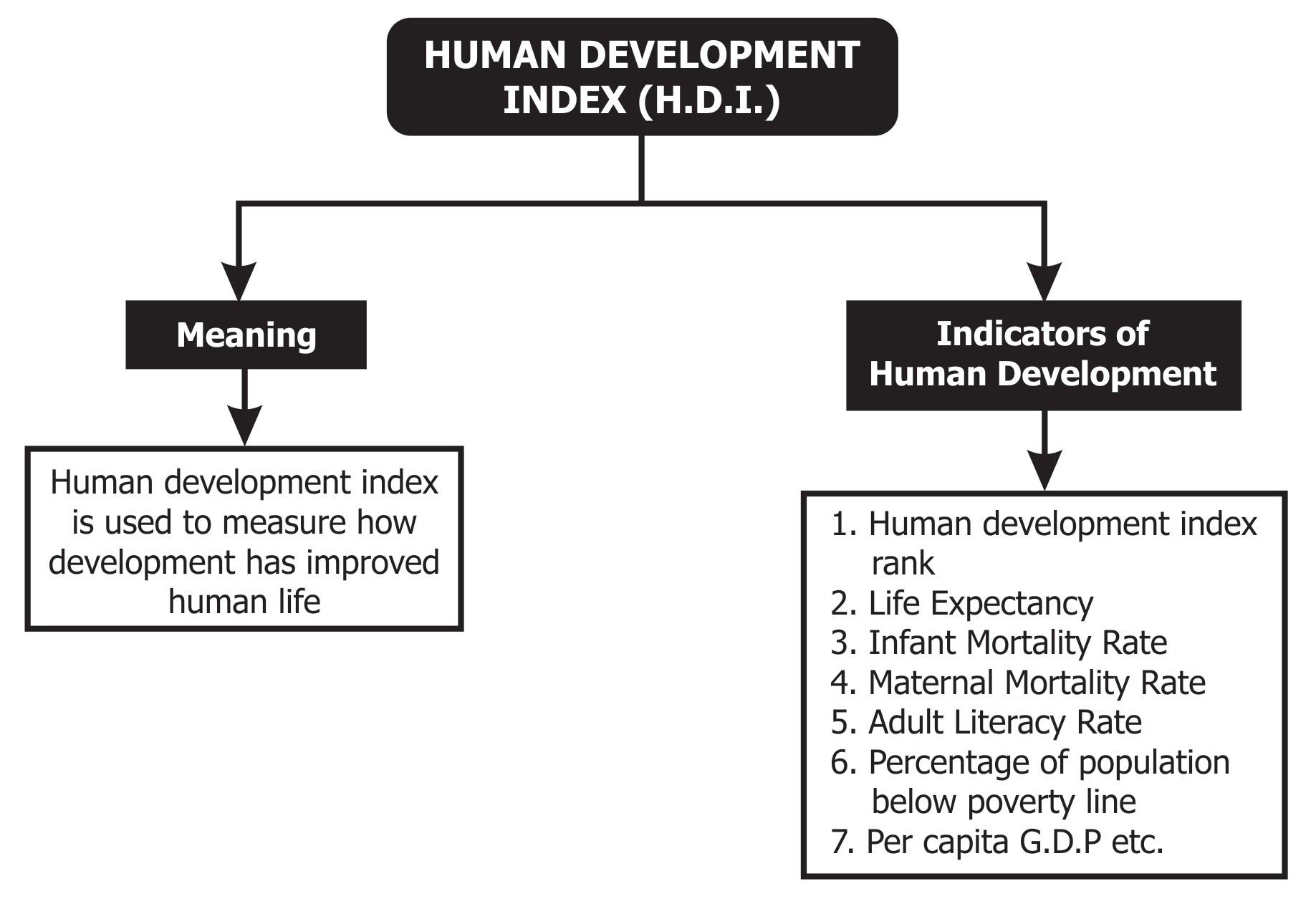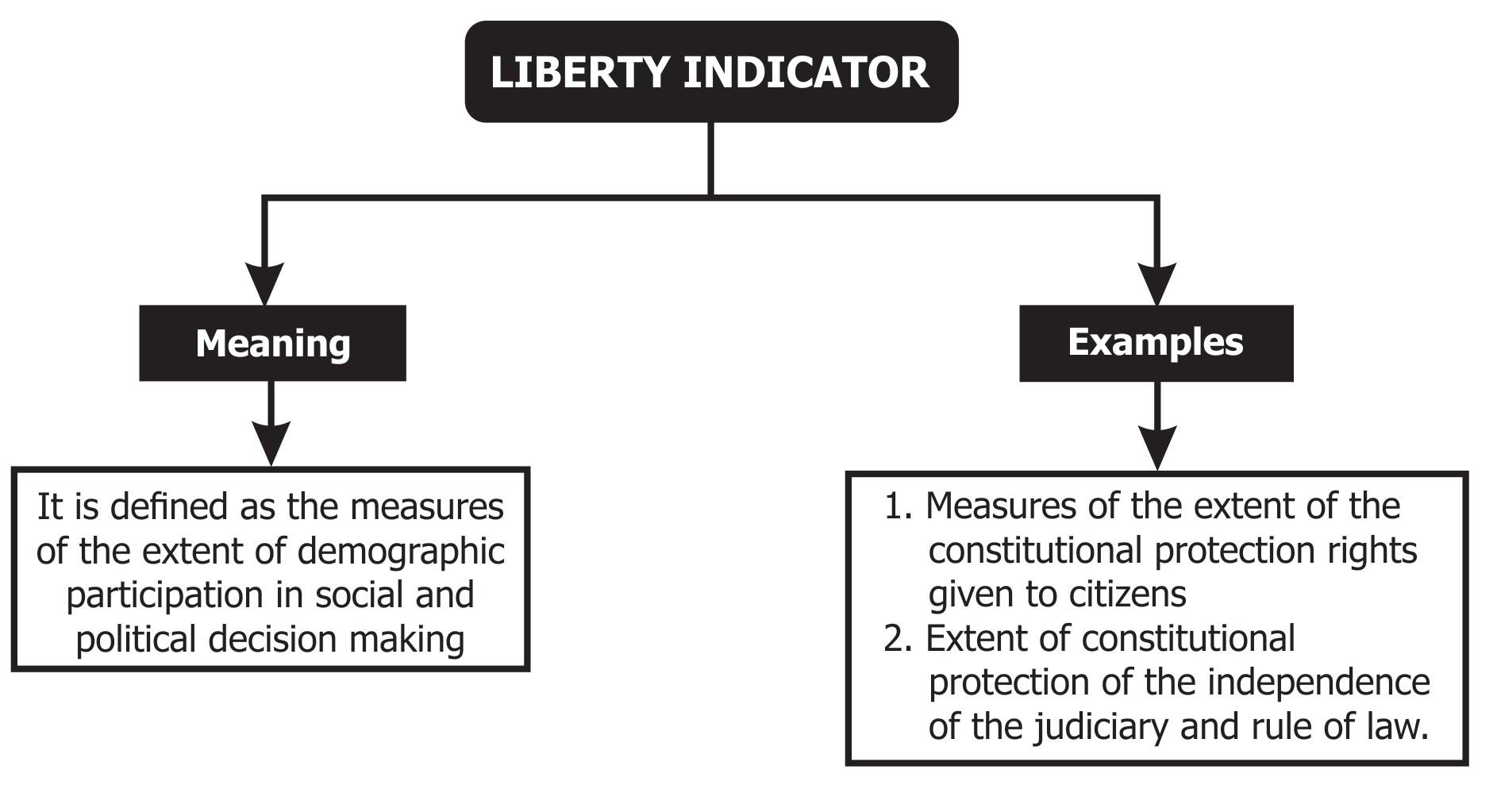Human Development Index (HDI): Definition and Key Indicators
The Human Development Index (HDI) is a composite measure that evaluates the overall well-being of individuals in a country. It focuses on three key dimensions: life expectancy, education, and standard of living. HDI helps to assess how development has improved quality of life over time.
Key Indicators of HDI:
Life Expectancy: In India, males have an average life expectancy of 67.34 years, while females live slightly longer at 69.64 years. Life expectancy is a reflection of the health and medical advancements in a country.
Infant Mortality Rate: This measures the number of infants who die before reaching the age of one per 1,000 live births. In India, the rate is 40.5, signaling health challenges in neonatal care.
Maternal Mortality Rate: This indicator represents the number of women who die during childbirth. India’s maternal mortality rate stands at 167 per 100,000 live births, which highlights issues in maternal healthcare.
Adult Literacy Rate: The literacy rate measures the proportion of people over the age of 15 who can read and write. Literacy is crucial in ensuring better access to employment and contributing to economic growth.
Poverty Line: India categorizes people below the poverty line based on calorie consumption—2,400 calories per day in rural areas and 2,100 in urban areas. Individuals consuming fewer calories than this threshold are classified as living in poverty.


Other Important Indicators:
- Liberty Indicator: This measures the extent of social and political participation, including the protection of constitutional rights and judicial independence. It ensures that citizens have the freedom to make decisions in their personal and public lives.
The HDI is a crucial tool for understanding the social and economic development of nations. By focusing on factors like education, health, and income, it provides a broader perspective beyond just economic wealth.
For more insights and updates, stay connected to Eduacademy’s resources.
FAQs on Human Development Indicators
What is the adult literacy rate?
It measures the ratio of literate adults (aged 15+) to the total adult population.
What is a liberty indicator?
It measures the extent of citizens’ participation in social and political decision-making.
What is the infant mortality rate?
The number of infants dying before reaching one year per 1,000 live births annually.
What does life expectancy at birth mean?
It is the average number of years a newborn is expected to live based on current mortality trends.
